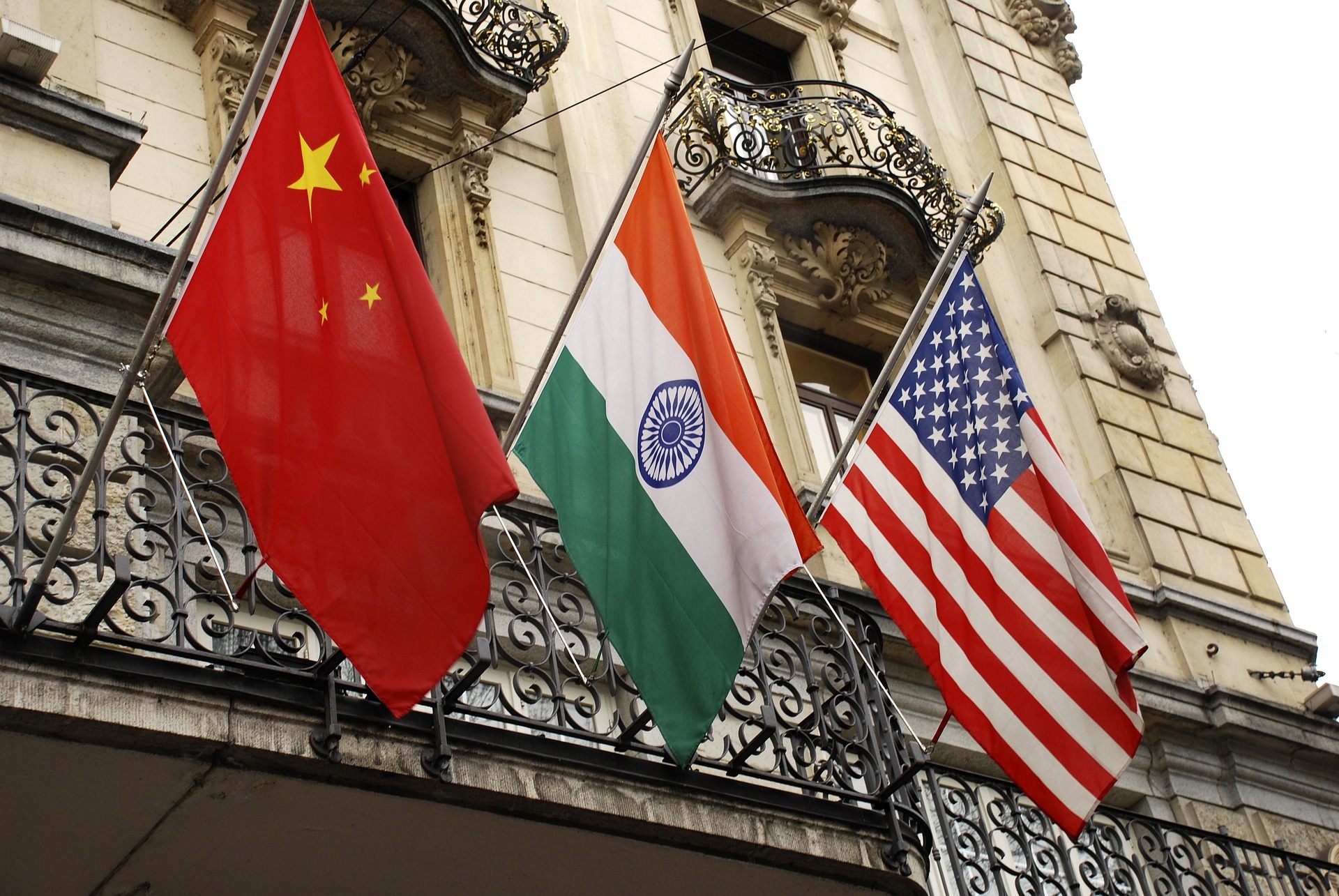Lessons from Asian Leadership on No-First Use
With the hands of the Doomsday Clock still perilously close to midnight, concerned citizens around the world are demanding that political leaders act now to reduce the growing threat of nuclear war. One such step is a commitment to nuclear no-first use (NFU) – formal pledges by nuclear-armed states not to be the first to use nuclear weapons. Since there are no winners in a nuclear war, this seems like an obvious and practical measure that nuclear weapons states should take and their allies should advocate.
Uta Zapf, former Chair of the German parliament’s Sub-Committee on Disarmament, Arms Control, and Nonproliferation, made this point recently by urging states to use the postponed NPT Review Conference as an opportunity to make unilateral, bilateral or multilateral NFU commitments. Her advice makes sense in the context of growing international tensions since NFU doctrines lower incentives to conduct a nuclear first strike. Yet she ends her piece by acknowledging that there is widespread resistance to NFU, including among experts and practitioners committed to nuclear risk reduction and disarmament.
If we are to succeed in diminishing the role that nuclear weapons play in security policies, then we need to better understand and address the reasons for NFU resistance.
Four papers published in the Taylor and Francis journal, Asian Security last week as part of a New Zealand Centre for Global Studies project, focus on perceptions of NFU in the Asia-Pacific, shedding light on this resistance and how to overcome it. In the papers written by APLN members (and edited by me), Tong Zhao explores China’s thinking, Manpreet Sethi examines perspectives in southern Asia, Nobumasa Akiyama addresses Japan’s divided opinion, and Marianne Hanson delves into Australian attitudes towards NFU.
A key conclusion that can be drawn from these papers is that doubts over NFU in this region are dominated by concerns over how China implements its long-standing NFU doctrine, stemming from a lack of transparency in China’s nuclear doctrine, strategy, and ambitions, and from actions China has taken that appear to contradict its NFU pledge. The rapid expansion and modernisation of China’s nuclear capabilities, including the development of advanced theatre-range nuclear weapons, has led experts to question whether China’s NFU pledge is being used as a temporary smokescreen that could be abandoned once China achieves its nuclear expansion goals. The lack of coherence in China’s nuclear doctrine and strategy exacerbates these concerns. For example, training materials used by the PLA Rocket Force indicate a willingness to use nuclear weapons first to deter a major conventional attack. This type of contradiction, combined with China’s nuclear modernisation activities and uncertainty over its nuclear chain of command, is eroding the confidence that China’s NFU doctrine is supposed to foster.
Crucially, this lack of confidence spurs US defence officials and their Asia-Pacific partners to assume and plan for the worst (first use of nuclear weapons by China), which in turn, increases the risk of misperception, conflict, and escalation to nuclear war. This risk has led strategic analysts in Washington, Tokyo, Seoul, Canberra and further afield to argue that NFU policies are not only weak but dangerous instruments, which should be abandoned in favour of more concrete risk reduction measures that amount to more than promises that can be quickly and easily broken.
These concerns are understandable, especially when expressed by those at the sharp end of defence decision-making – but they can be addressed. The history of China-India conflict shows that even imperfectly implemented NFU policies help prevent nuclear use if the parties involved espouse them. Admittedly, the situation becomes more complex and problematic when additional actors and extended deterrence arrangements are involved, as could be the case in a US-China confrontation, but some of these challenges could be overcome if NFU policies are clarified and institutionalised by the states that adopt them.
Two steps would help in this regard. First, states that adopt NFU doctrines could introduce domestic legislation that transforms their NFU pledges into legally binding commitments. Introducing formal legal constraints on how NFU doctrines are implemented would help demonstrate a genuine, ongoing commitment and greater domestic accountability. Second, NFU doctrines need to be backed by coherent strategies based on weapons capabilities and employment options that are seen to uphold national NFU legislation. Both steps would make NFU policies more concrete and thus more credible, removing some of the doubts expressed by critics.
All nuclear-armed states should take these steps to reduce the risk of catastrophic nuclear war, with the support of their allies and the wider international community. But as Uta Zapf points out, resistance is widespread and entrenched. Hopes that the Biden administration will lead the way are being dashed on several fronts, including deteriorating relations with Russia over Ukraine. But as NFU pathbreakers, China and India are in a strong position to bolster their leadership roles – especially if they start by clarifying and institutionalising their NFU pledges.
About the Author
Tanya Ogilvie-White is a Senior Research Adviser at the Asia-Pacific Leadership Network and a Non-Resident Senior Fellow at the Coral Bell School of Asia Pacific Affairs, The Australian National University.
Disclaimer: The views expressed in this Commentary are the author’s and are not necessarily shared by the experts mentioned.
Image: Pixabay/CompleteCommunicationsSwe




